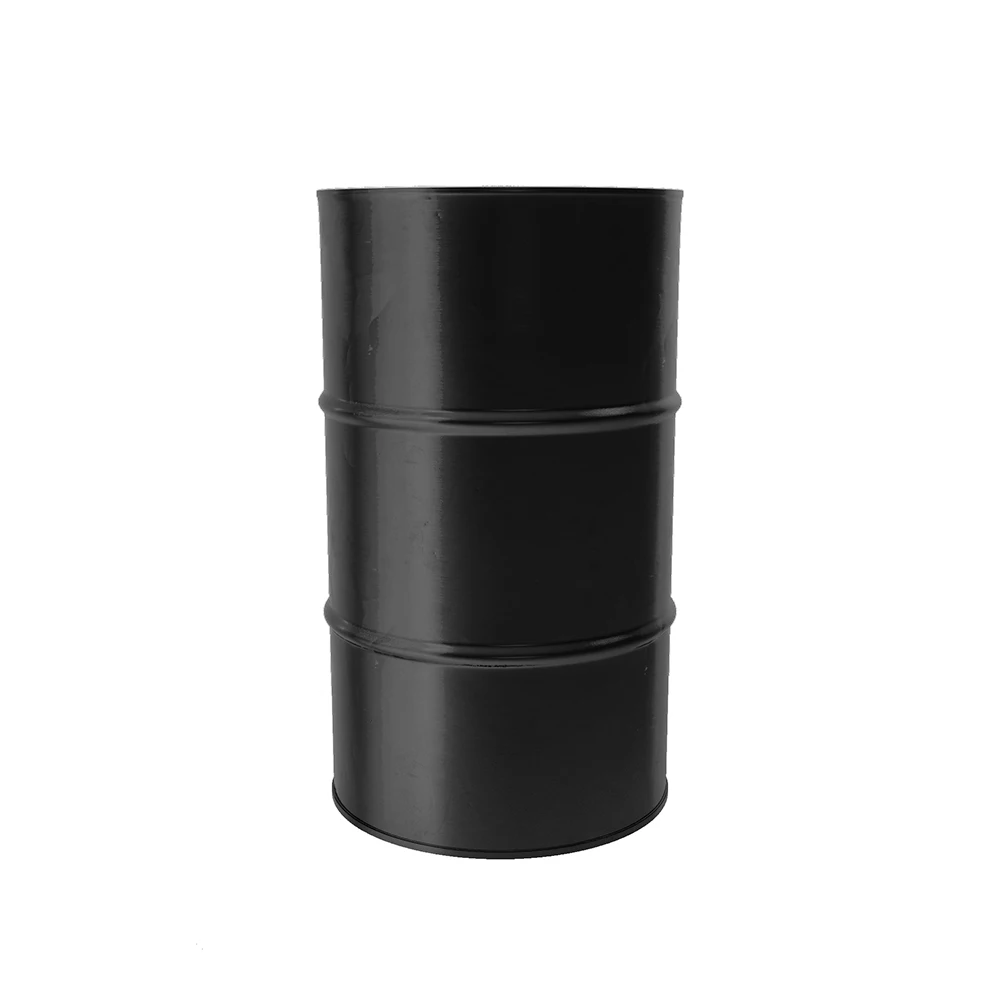L.N.G. (Liquified Natural Gas) s1200
Description


L.N.G. (Liquified Natural Gas) s1200
A typical LNG process. The gas is first extracted and transported to a processing plant where it is purified by removing any condensates such as water, oil, mud, as well as other gases such as CO2 and H2S. An LNG process train will also typically be designed to remove trace amounts of mercury from the gas stream to prevent mercury amalgamizing with aluminium in the cryogenic heat exchangers. The gas is then cooled down in stages until it is liquefied. LNG is finally stored in storage tanks and can be loaded and shipped.
LNG achieves a higher reduction in volume than compressed natural gas (CNG) so that the (volumetric) energy density of LNG is 2.4 times greater than that of CNG or 60 percent of that of diesel fuel.[1] This makes LNG cost efficient to transport over long distances where pipelines do not exist. Specially designed cryogenic sea vessels (LNG carriers) or cryogenic road tankers are used for its transport.
LNG is principally used for transporting natural gas to markets, where it is regasified and distributed as pipeline natural gas. It can be used in natural gas vehicles, although it is more common to design vehicles to use compressed natural gas. Its relatively high cost of production and the need to store it in expensive cryogenic tanks have hindered widespread commercial use. Despite these drawbacks, on energy basis LNG production is expected to hit 10% of the global crude production by 2020.


Processing Time | 30 days |
Port | Novorossiysk |
Packaging details | Barrels |

Additional information
| Place of Origin: | Russian Federation |
|---|---|
| Brand Name: | AllianzNeftProdukt LLC |
| Model Number: | LNG s1200 |
| Type: | LNG |
| Application: | Heating System |
| Density: | 0.41 kg/liter to 0.5 kg/liter |
| Calory (J): | 1000 |
| Methane Content (%): | 99.72 |
| Butane Content (%): | 0.0005 |
| Ethane Content (%): | 0.06 |
| Propane Content (%): | 0.0005 |
| Color: | Black |
